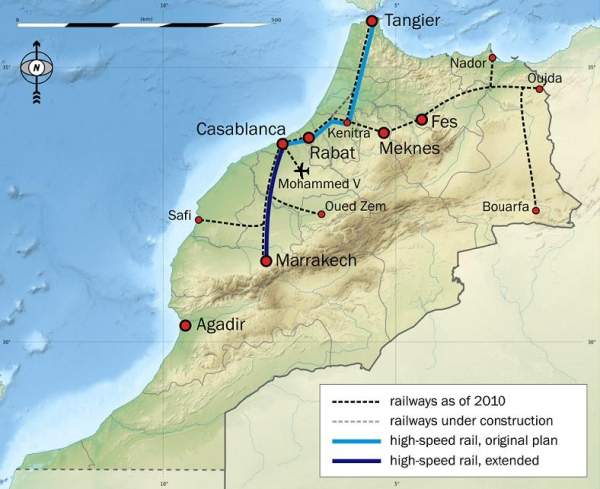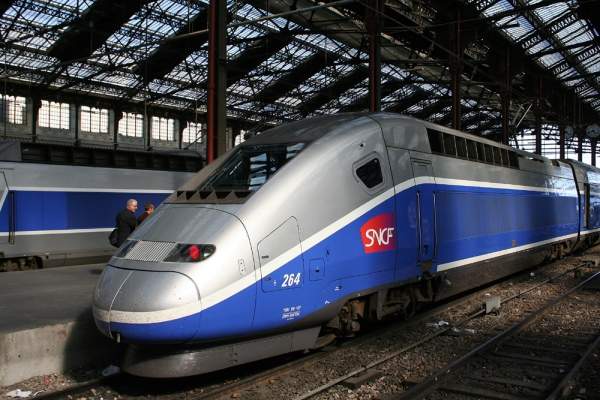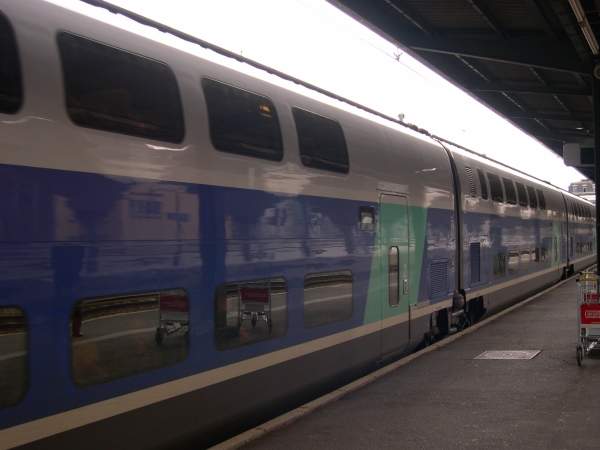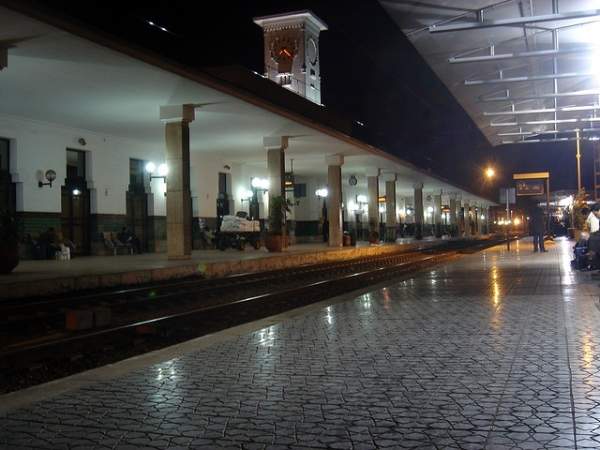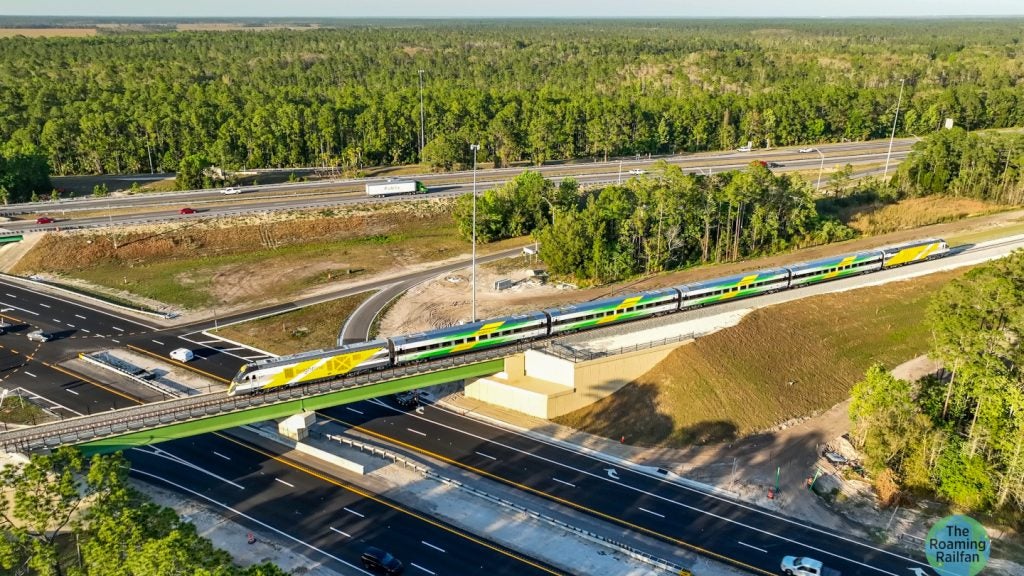The Tangier-Casablanca high-speed rail line is under construction in Morocco. The 350km long line will link Morocco’s largest city, Casablanca, with Tangier.
It will be the first high-speed rail line in Africa when completed in 2015. It will be operated by the Moroccan railway operator ONCF.
The new line will cut the journey time between Casablanca and Tangier from nearly five hours and 45 minutes to just more than two hours. It will reduce the traffic and thus reduce pressure on the existing lines along the route, which is predicted to witness high growth in container traffic volumes.
It is expected to carry up to ten million passengers a year. The project is estimated to cost approximately $4bn.
ONCF also plans to extend the line from Casablanca to Marrakesh and Agadir in future.
Tangier-Casablanca railway project
The Moroccan and French governments signed a memorandum of understanding for the project in October 2007. ONCF and French state-owned railway company SNCF signed cooperation agreements for the project.
The line is being built in phases. The first phase includes the section from Kenitra to Tangier. In February 2010, ONCF signed an agreement to finance phase 1 construction. ONCF broke ground and laid the foundation stone for the project in September 2011.
The Moroccan government granted $585m funding for the project. About $122m is being secured from the Hassan II Fund for Economic & Social Development and $1.2bn from France.
Around $1.5bn was secured through loans. The remaining cost is funded by Saudi Arabia, Kuwait and the United Arab Emirates.
Infrastructure and construction of the Moroccan high-speed line
The new 200km long section from Tangier to Kenitra will be connected with the standard railway line at Kenitra station to serve Kenitra, Rabat and Casablanca.
Railway facilities in Tangier, Kenitra-Agdal and Casablanca stations will be adopted to run the high speed trains. The existing infrastructure at these stations will also be improved.
The existing standard lines in Tangier and Kenitra will be connected with the new high-speed line. A maintenance workshop for the rolling stock and work stations in the outskirts of Tnine and Kenitra will be constructed as a part of the project.
ONCF will be responsible for providing the passenger services. It will also manage and operate the infrastructure, fixed installations and trainsets.
Rolling stock
In December 2010, ONCF placed a €400m contract with Alstom for 14 TGV Duplex trains for the Kenitra-Tangier line. The trains will run at a speed of 320km/h between Kenitra and Tangier stations. The speeds will vary between 160km/h and 220km/h after entering a 3kV DC main line between Kénitra and Casablanca.
The new trainsets will be based on the TGV Duplex design trains operated by SNCF. The trainsets will be modified according to the operating conditions specified by ONCF.
Each set will feature two power cars with eight intermediate trailers including two first class cars, five second class and a bar-buffet vehicle. Each double-deck train will have the capacity to carry up to 533 commuters.
More than 10% of the trains’ overall capacity will be reserved for disabled people. The cars will be equipped with a bilingual (French-Arabic) passenger information system.
The trainsets will be largely produced at Alstom sites in France and delivered separately to ONCF’s Moghogha factory in Morocco for final assembly. The trains will enter commercial service in December 2015.
Contractors with a role in the Moroccon Tangier-Casablanca high-speed rail line
French engineering firms Systra and Egis were contracted for the design and construction management of the project. The basic design study was completed by Systra in December 2009.
A consortium led by Systra was contracted in April 2010 to provide project management for the civil engineering works on the southern section of the line.
The consortium will be responsible for the scheme design, detailed design, construction drawings and contract management.
In July 2010, the Egis Rail / Ingema consortium was awarded a contract to provide consulting and project management for civil engineering on the 87km long northern section of the line. Egis is expected to complete the work by the end of 2013.

